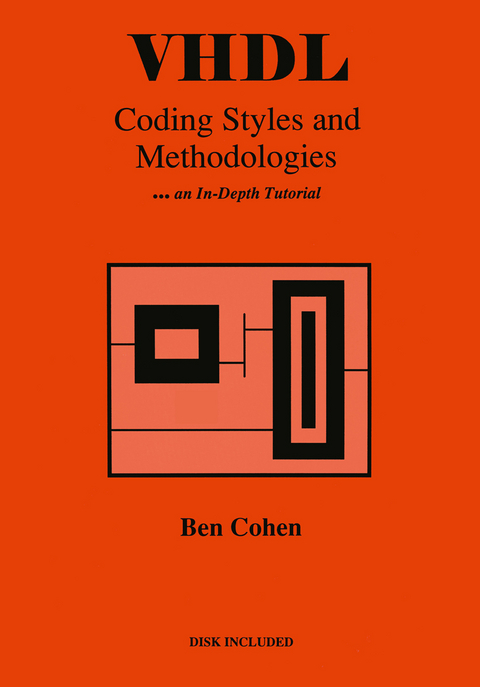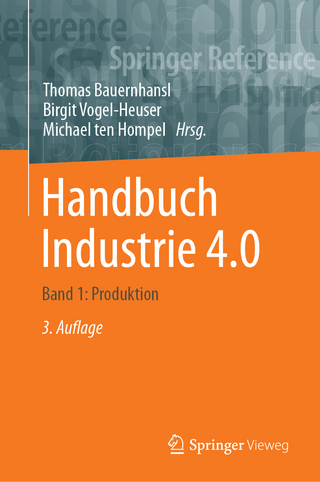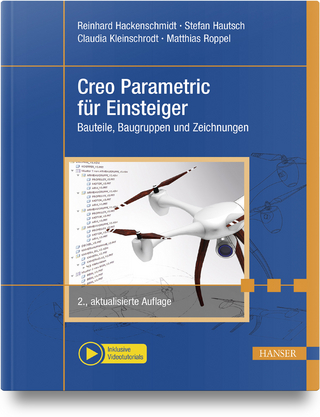
VHDL Coding Styles and Methodologies
Springer-Verlag New York Inc.
978-1-4613-5978-4 (ISBN)
VHDL Coding Styles and Methodologies was originally written as a teaching tool for a VHDL training course. The author began writing the book because he could not find a practical and easy to read book that gave in depth coverage of both, the language and coding methodologies. This book is intended for: 1. College students. It is organized in 13 chapters, each covering a separate aspect of the language, with complete examples. All VHDL code described in the book is on a companion 3.5" PC disk. Students can compile and simulate the examples to get a greater understanding of the language. Each chapter includes a series of exercises to reinforce the concepts. 2. Engineers. It is written by an aerospace engineer who has 26 years of hardware, software, computer architecture and simulation experience. It covers practical applications ofVHDL with coding styles and methodologies that represent what is current in the industry. VHDL synthesizable constructs are identified. Guidelines for testbench designs are provided. Also included is a project for the design of a synthesizable Universal Asynchronous Receiver Transmitter (UART), and a testbench to verify proper operation of the UART in a realistic environment, with CPU interfaces and transmission line jitter. An introduction to VHDL Initiative Toward ASIC Libraries (VITAL) is also provided. The book emphasizes VHDL 1987 standard but provides guidelines for features implemented in VHDL 1993.
1. VHDL Overview and Concepts.- 1.1 What is VHDL.- 1.2 Level of Descriptions.- 1.3 Methodology and Coding Style Requirements.- 1.4 VHDL Types.- 1.5 VHDL Object Classes.- 1.6 Vhdl Design Units.- 1.7 Compilation, Elaboration, Simulation.- 2. Basic Language Elements.- 2.1 Lexical Elements.- 2.2 Syntax.- 2.3 Types and Subtypes.- 2.4 File.- 2.5 Attributes.- 2.6 Aliases.- 3. Control Structures.- 3.1 Expression Classification.- 3.2 Control Structures.- 4. Drivers.- 4.1 Resolution Function.- 4.2 Drivers.- 4.3 Ports.- 5. VHDL Timing.- 5.1 Signal Attributes.- 5.2 The “Wait” Statement.- 5.3 Simulation Engine.- 5.4 Modeling with Delta Time Delays.- 5.5 Inertial / Transport Delay.- 6. Elements of Entity/Architecture.- 6.1 Vhdl Entity.- 6.2 Vhdl Architecture.- 7. Subprograms.- 7.1 Subprogram Definition.- 7.2 Subprogram Rules and Guidelines.- 7.3 Subprogram Overloading.- 7.4 Functions.- 7.5 Resolution Function.- 7.6 Operator Overloading.- 7.7 Concurrent Procedure.- 8. Packages.- 8.1 Package.- 8.2 Package Textio.- 8.3 Compilation Order.- 9. User Defined Attributes, Specifications, and Configurations.- 9.1 Attribute Declarations.- 9.2 User-Defined Attributes.- 9.3 Specifications.- 9.4 Configuration Specification.- 9.5 Configuration Declaration.- 10. Functional Models and Testbenches.- 10.1 FM/BFM Modeling.- 10.2 Testbench Modeling.- 11. UART Project.- 11.1 UART Architecture.- 11.2 UART Testbench.- 12. Vital.- 12.1 Vital.- 12.2 Vital Features.- 12.3 Vital Model.- 13. Design for Synthesis.- 13.1 Synthesis Methodology.- 13.2 Constructs for Synthesis.- 13.3 Resource Sharing.- Appendix A: Vhdl?93 And Vhdl?87 Syntax Summary.- Appendix B: Package Standard.- Appendix C: Package Textio.- Appendix D: Package Std_Logic_1164.- Appendix E: Vhdl Predefined Attributes.
| Zusatzinfo | XXIV, 365 p. |
|---|---|
| Verlagsort | New York, NY |
| Sprache | englisch |
| Maße | 178 x 254 mm |
| Themenwelt | Informatik ► Weitere Themen ► CAD-Programme |
| Informatik ► Weitere Themen ► Hardware | |
| Technik ► Elektrotechnik / Energietechnik | |
| ISBN-10 | 1-4613-5978-3 / 1461359783 |
| ISBN-13 | 978-1-4613-5978-4 / 9781461359784 |
| Zustand | Neuware |
| Informationen gemäß Produktsicherheitsverordnung (GPSR) | |
| Haben Sie eine Frage zum Produkt? |
aus dem Bereich


